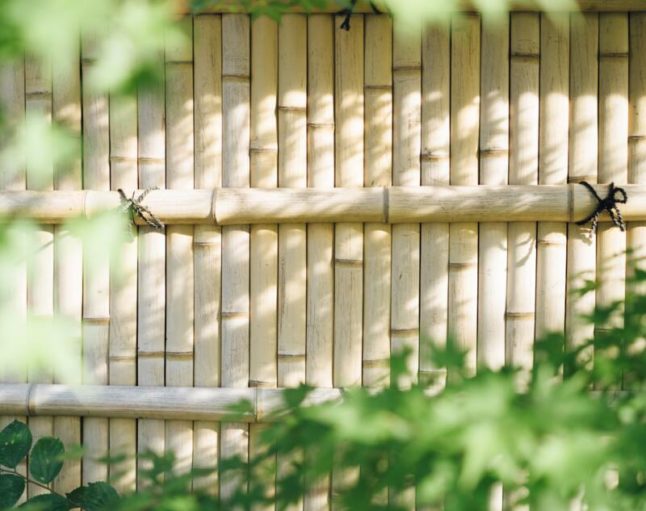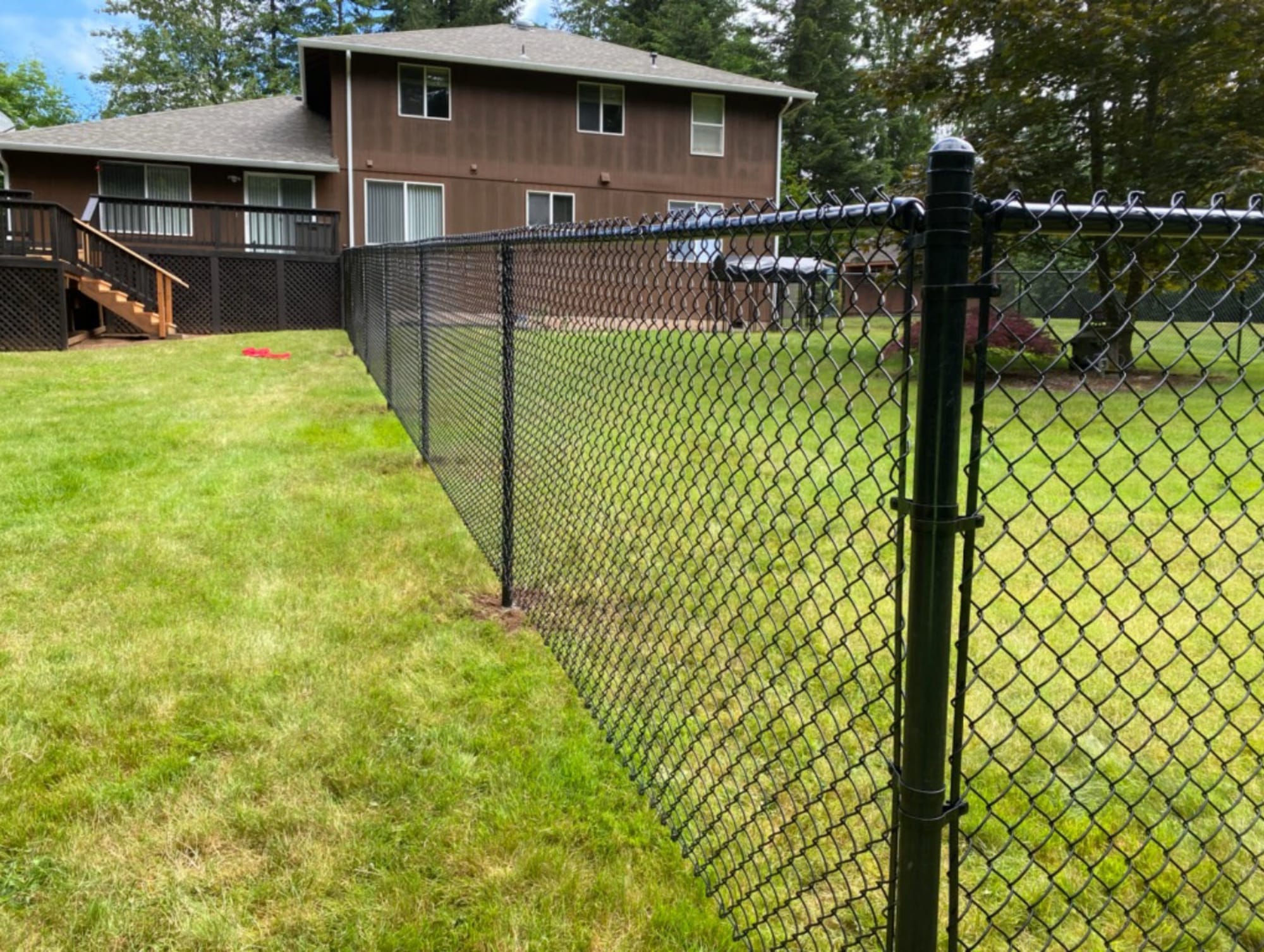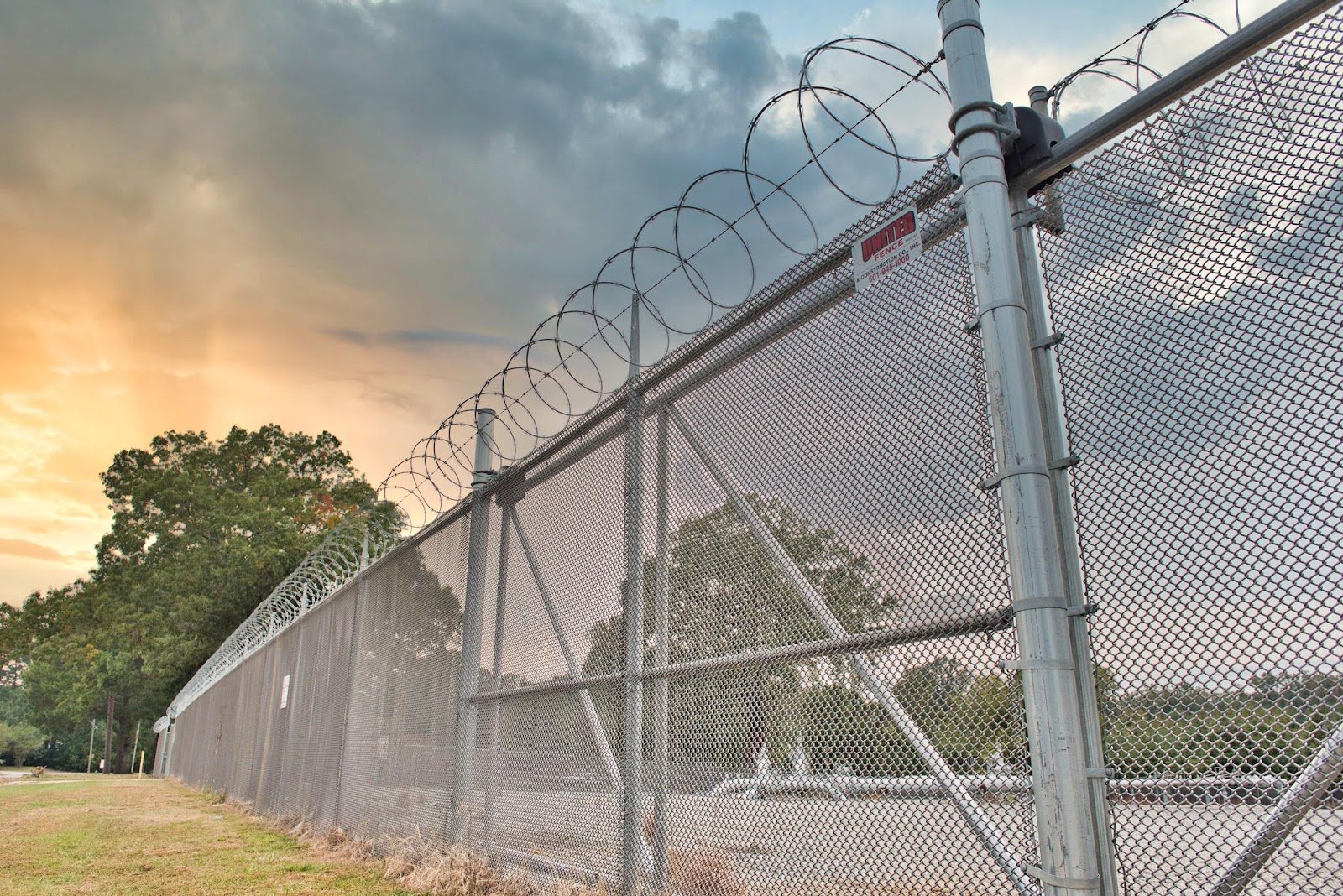All Categories
Featured
Whether you have a wood, vinyl, metal, or composite fence, taking actions to protect it from the weather will extend its life and preserve its look. Here are several methods you can secure your fence from weather-related damages.
![]()
Wood Fencings: Timber is at risk to rot, warping, and insect infestations when subjected to moisture. If you pick a wood fence, choose materials like cedar or redwood, which are naturally a lot more resistant to the aspects. Furthermore, go with pressure-treated timber, which has been chemically treated to stand up to rot and pests. Plastic Fencings: Vinyl fences are highly resistant to the elements. They will not rot, warp, or split like timber, and they are unsusceptible to insect damage. Vinyl is also UV-resistant, so it does not discolor in the sunlight as quickly as other materials. Steel Fencings: Wrought iron and light weight aluminum fencings are resistant and durable to most weather conditions. Metal can corrosion if revealed to moisture for long term periods. If you have a steel fence, ensure it is powder-coated or galvanized to avoid rusting. Compound Fences: Composite fencings integrate timber fibers and plastic, offering the look of timber with enhanced toughness. They are immune to rot, bugs, and fading, making them an excellent choice for areas with severe weather. 2. Apply Protective Coatings and Sealants. Applying safety coverings to your fencing can avoid wetness and UV damage, dramatically extending its life expectancy.
Wooden Fencings: To secure wood from moisture and UV rays, apply a high-quality sealer or stain. Make certain to reapply the discolor or sealer every couple of years, depending on the environment and the condition of the fencing. Plastic Fences: Although vinyl fencings are very durable, they can still discolor with time due to UV direct exposure. You can use a UV protectant to keep your vinyl fencing looking like new. Additionally, routine cleansing with a vinyl-safe cleaner can assist avoid staining and discoloration. Steel Fences: Metal fences, especially those made from iron or steel, can rust over time. A rust-resistant primer complied with by a layer of weather-resistant paint will aid protect against corrosion. For added defense, take into consideration powder layer, which supplies a durable, lasting coating that resists corrosion and scrapes. 3. Normal Cleaning and Maintenance. Maintaining your fence clean and well-maintained is just one of one of the most efficient means to stop weather-related damage.
Wood Fencings: Dust, debris, and mold can collect on wooden fencings gradually. Regular cleansing with a mild soap remedy or stress washing machine can aid prevent the buildup of gunk. Make sure to check the wood for signs of damage such as rot or cracking and address concerns promptly. Vinyl Fencings: Plastic fencings are low-maintenance, yet they can gather dust, leaves, and various other debris. To clean a plastic fencing, just pipe it down or wash it with soapy water. For harder spots, utilize a soft cloth with a vinyl-safe cleanser. Metal Fencings: Steel fencings can gather corrosion, dirt, and dust, particularly after a tornado. Tidy the fencing on a regular basis using a non-abrasive fabric and moderate soap. Get rid of any rust promptly with a cable brush or rust remover to stop it from spreading out. 4. Install a Fence Base Protector. For fences subjected to hefty rain or snow, setting up a fencing base guard can avoid moisture from permeating the bottom of your fence articles. This is specifically important for composite and wood fencings, as water exposure at the base of the fence can result in rotting or wear and tear.
Along with base protectors, take into consideration using crushed rock or a moisture-resistant barrier around all-time low of wooden articles. This will certainly allow water to recede from the base of the messages and decrease the danger of rot.
![]()
Frequently trim plants and trees that are near the fencing. This will certainly aid keep the fence completely dry, prevent undesirable stress on the structure, and make certain that air flows around the posts.
For metal fences, check for rust prior to the winter season and treat any type of afflicted areas. You can additionally use a protective coating to avoid snow and ice from triggering corrosion.
![]()
Final thought. Protecting your fencing from weather-related damage is essential to guaranteeing its durability and efficiency. By selecting the ideal materials, using protective coverings, keeping your fencing tidy, and taking positive upkeep steps, you can stop a number of the usual issues that occur from exposure to the aspects. Whether you have a wooden, plastic, metal, or composite fence, these measures will help secure your financial investment and keep your fencing looking fantastic for several years to find.

- Pick Weather-Resistant Materials. The material of your fence plays a significant duty in its capacity to stand up to different climate condition. Picking a product that suits your environment can aid reduce weather-related damage.
Wood Fencings: Timber is at risk to rot, warping, and insect infestations when subjected to moisture. If you pick a wood fence, choose materials like cedar or redwood, which are naturally a lot more resistant to the aspects. Furthermore, go with pressure-treated timber, which has been chemically treated to stand up to rot and pests. Plastic Fencings: Vinyl fences are highly resistant to the elements. They will not rot, warp, or split like timber, and they are unsusceptible to insect damage. Vinyl is also UV-resistant, so it does not discolor in the sunlight as quickly as other materials. Steel Fencings: Wrought iron and light weight aluminum fencings are resistant and durable to most weather conditions. Metal can corrosion if revealed to moisture for long term periods. If you have a steel fence, ensure it is powder-coated or galvanized to avoid rusting. Compound Fences: Composite fencings integrate timber fibers and plastic, offering the look of timber with enhanced toughness. They are immune to rot, bugs, and fading, making them an excellent choice for areas with severe weather. 2. Apply Protective Coatings and Sealants. Applying safety coverings to your fencing can avoid wetness and UV damage, dramatically extending its life expectancy.
Wooden Fencings: To secure wood from moisture and UV rays, apply a high-quality sealer or stain. Make certain to reapply the discolor or sealer every couple of years, depending on the environment and the condition of the fencing. Plastic Fences: Although vinyl fencings are very durable, they can still discolor with time due to UV direct exposure. You can use a UV protectant to keep your vinyl fencing looking like new. Additionally, routine cleansing with a vinyl-safe cleaner can assist avoid staining and discoloration. Steel Fences: Metal fences, especially those made from iron or steel, can rust over time. A rust-resistant primer complied with by a layer of weather-resistant paint will aid protect against corrosion. For added defense, take into consideration powder layer, which supplies a durable, lasting coating that resists corrosion and scrapes. 3. Normal Cleaning and Maintenance. Maintaining your fence clean and well-maintained is just one of one of the most efficient means to stop weather-related damage.
Wood Fencings: Dust, debris, and mold can collect on wooden fencings gradually. Regular cleansing with a mild soap remedy or stress washing machine can aid prevent the buildup of gunk. Make sure to check the wood for signs of damage such as rot or cracking and address concerns promptly. Vinyl Fencings: Plastic fencings are low-maintenance, yet they can gather dust, leaves, and various other debris. To clean a plastic fencing, just pipe it down or wash it with soapy water. For harder spots, utilize a soft cloth with a vinyl-safe cleanser. Metal Fencings: Steel fencings can gather corrosion, dirt, and dust, particularly after a tornado. Tidy the fencing on a regular basis using a non-abrasive fabric and moderate soap. Get rid of any rust promptly with a cable brush or rust remover to stop it from spreading out. 4. Install a Fence Base Protector. For fences subjected to hefty rain or snow, setting up a fencing base guard can avoid moisture from permeating the bottom of your fence articles. This is specifically important for composite and wood fencings, as water exposure at the base of the fence can result in rotting or wear and tear.
Along with base protectors, take into consideration using crushed rock or a moisture-resistant barrier around all-time low of wooden articles. This will certainly allow water to recede from the base of the messages and decrease the danger of rot.

- Trim Plant Life Around Your Fence. Plants, shrubs, and trees growing as well close to your fencing can trigger substantial weather-related damage. Disordered plants can trap dampness versus the fencing, advertising rot and mold and mildew development. Additionally, tree roots can press versus fencing posts, creating them to split or change.
Frequently trim plants and trees that are near the fencing. This will certainly aid keep the fence completely dry, prevent undesirable stress on the structure, and make certain that air flows around the posts.
- Prepare Your Fence for Winter months. In regions with cool winters months, freezing temperature levels and ice can be particularly harming to wooden fences. Water that gets in the timber can freeze, causing cracks and splits. To avoid this, ensure that your wood fence blog posts are effectively secured and elevated over the ground to avoid water from collecting at the base.
For metal fences, check for rust prior to the winter season and treat any type of afflicted areas. You can additionally use a protective coating to avoid snow and ice from triggering corrosion.

- Post-Storm Maintenance. After a heavy storm, evaluate your fence for any type of indicators of damages, such as loose posts, curved panels, or debris lodged in between slats. Also small damage should be repaired rapidly to avoid additional deterioration. Enhance weak locations and replace damaged areas as quickly as possible to maintain its structural honesty. if your fencing has been harmed by a tornado.
Final thought. Protecting your fencing from weather-related damage is essential to guaranteeing its durability and efficiency. By selecting the ideal materials, using protective coverings, keeping your fencing tidy, and taking positive upkeep steps, you can stop a number of the usual issues that occur from exposure to the aspects. Whether you have a wooden, plastic, metal, or composite fence, these measures will help secure your financial investment and keep your fencing looking fantastic for several years to find.
Latest Posts
Find Affordable Auto Repairs with Montclare’s Exclusive Service Specials
Published May 26, 25
1 min read
Discover the Perks of Vinyl Fencing with Montana Fencing
Published May 21, 25
1 min read
Specialist Industrial Roof Solutions in North Platte, Nebraska
Published May 20, 25
2 min read